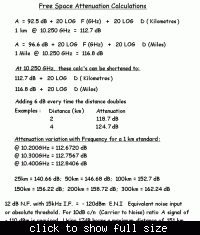ashokone
Member level 3

Signal to be modulated and it is passed through the channel. Then plotting power vs distance
Along with the above result different signal should be modulated and it is passed through the channel with different transmitter position..
finally plotting the result of all the signal with different transmitter position,plotting the power vs distance.
how to do this in matlab
plz help
Along with the above result different signal should be modulated and it is passed through the channel with different transmitter position..
finally plotting the result of all the signal with different transmitter position,plotting the power vs distance.
how to do this in matlab
plz help





